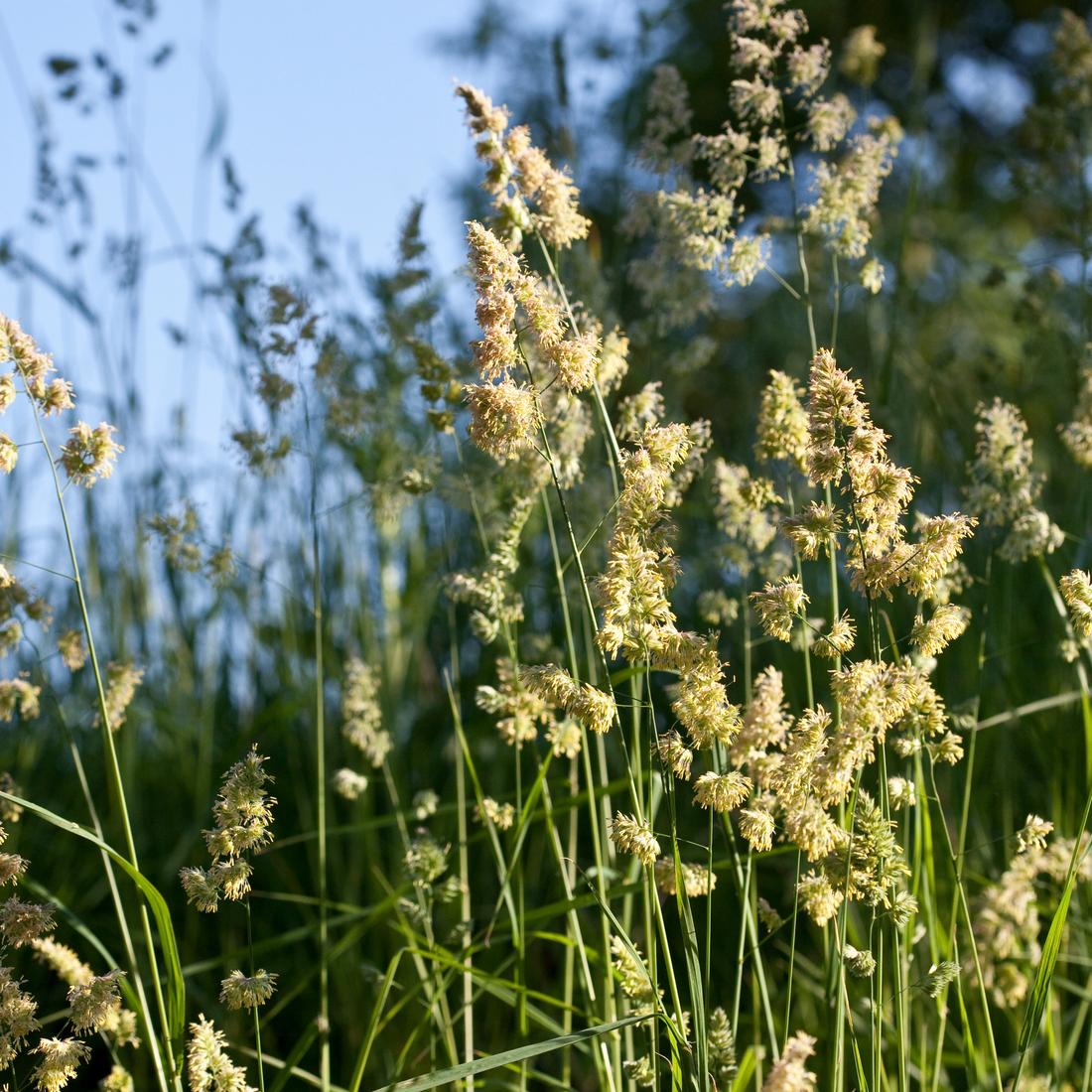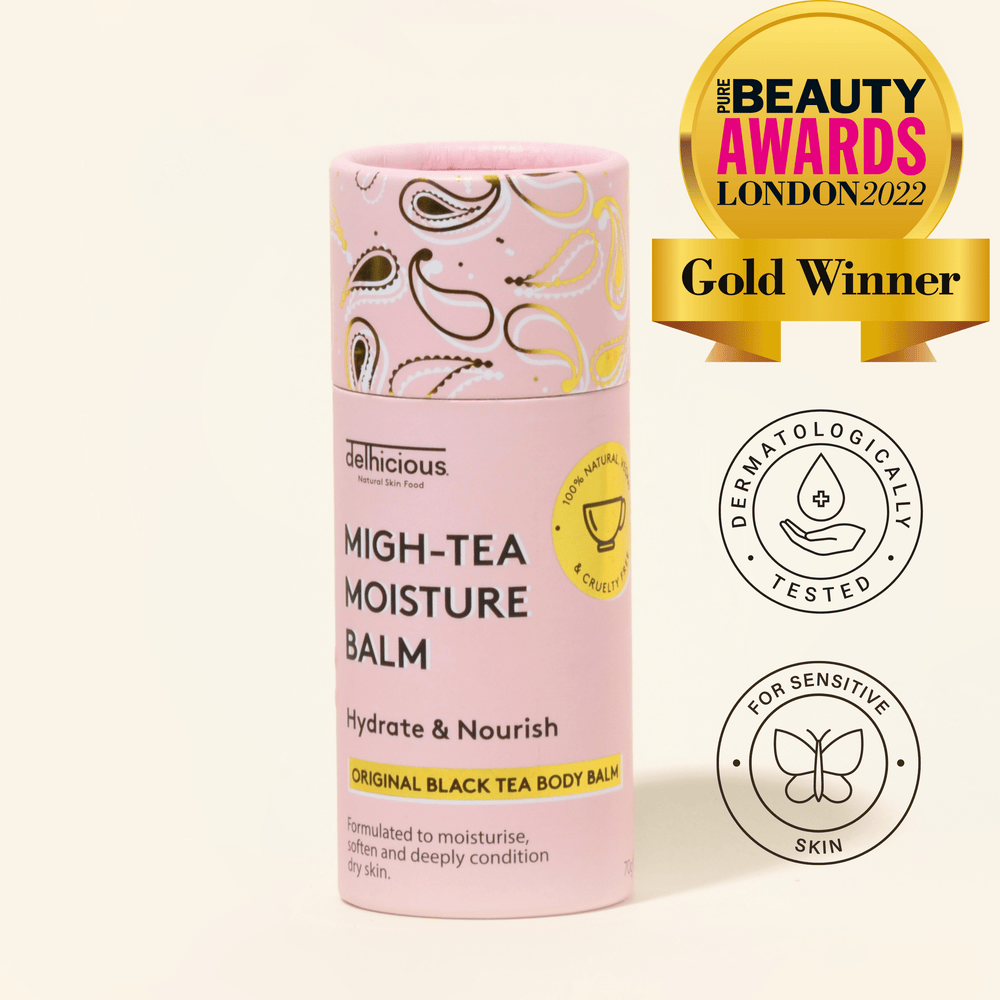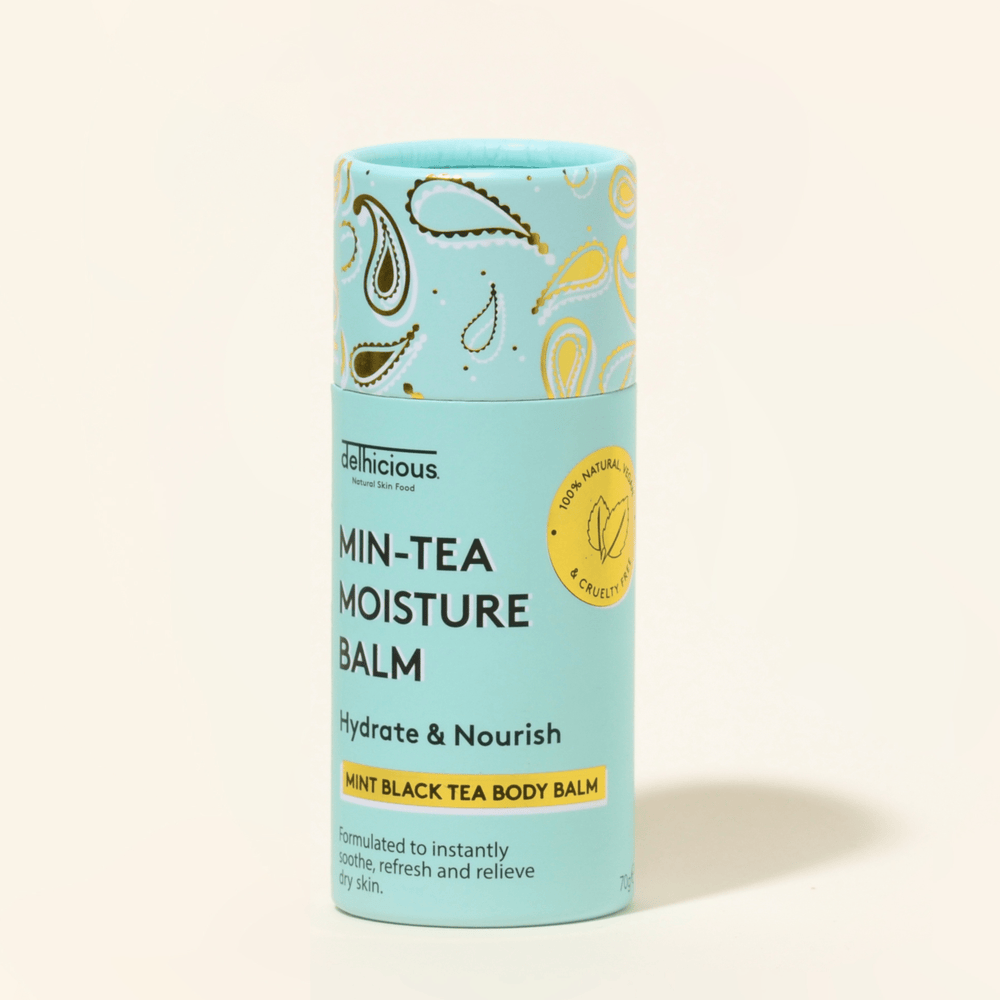
Spring might mean sunshine and longer days, but for hayfever sufferers, it also brings itchy eyes, sneezing fits, and the dreaded tissue pile-up. Sound familiar? While antihistamines are the go-to for many, Ayurveda offers gentle, natural alternatives that can help you manage symptoms without the foggy side effects.
Let’s dive into how to soothe hayfever season with ancient wisdom and modern ease.
🌼 What is Hayfever in Ayurvedic Terms?
In Ayurveda, hayfever symptoms are typically seen as an imbalance of the Kapha and Vata doshas — think congestion, excess mucus, irritation, and dryness. The goal is to rebalance the body using foods, herbs, and routines that reduce inflammation and support immunity.
1. Start Your Day with a Nasya Ritual (Nasal Oil Therapy)
Why: Clears and lubricates the nasal passages, protecting from allergens.
How: Warm a few drops of sesame oil or ghee and gently apply inside each nostril in the morning. You can also use an Ayurvedic nasya oil blend with herbs like eucalyptus or brahmi or apply our Migh-tea Moisture Balm as a barrier around your nasal passage to stop pollen from entering.
🌬️ Bonus: Try a neti pot with saline water before applying oil to rinse out pollen and allergens.
🌿 2. Herbal Allies for Allergy Season
• Turmeric: A powerful anti-inflammatory and natural antihistamine. Add to warm plant-based milk with a pinch of black pepper for better absorption.
• Tulsi (Holy Basil): Calms the respiratory system and supports immunity. Brew into a tea with honey and ginger.
• Triphala: Helps detox the gut, which plays a key role in immunity. Take in powder or capsule form before bed.
🫖 3. Sip on Spiced Herbal Teas
Make yourself a warming tea using:
• 1 tsp grated ginger
• 1 tsp fennel seeds
• A few crushed black peppercorns
• A squeeze of lemon
• Honey (added once the tea cools slightly)
This combo helps to break down mucus, support digestion, and reduce inflammation.
🥬 4. Eat Clean to Keep Clear
Focus on light, warm foods that are easy to digest. Think:
• Cooked veggies
• Khichdi (a soothing rice and lentil dish)
• Herbal teas
• Avoid dairy, sugar, and heavy, oily foods during flare-ups — they can increase Kapha and worsen congestion.
🕯️ 5. Use Aromatherapy to Open Airways
Essential oils like eucalyptus, peppermint, and camphor can help ease breathing. Add a few drops to a bowl of hot water and inhale the steam, or use a diffuser to keep your space pollen-free and calming. Our Min-tea Moisture Balm contains peppermint oil which can help!
🧘♂️ 6. Practice Pranayama (Breathwork)
Daily breathing exercises like Nadi Shodhana (alternate nostril breathing) and Bhramari (humming bee breath) calm the nervous system and strengthen your respiratory function — great for reducing sensitivity to allergens.
💛 Gentle, Natural Relief is Possible
Ayurveda reminds us that healing doesn’t have to come from the medicine cabinet — sometimes, it starts with a cup of spiced tea, a breath of steam, or a moment of mindfulness. With consistency and care, these gentle rituals can help you feel more in control during hayfever season — and a whole lot clearer.
✨ Disclaimer: Always consult your healthcare provider before starting any new wellness regimen, especially if you’re on medication or have underlying health conditions.




